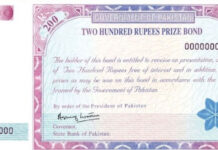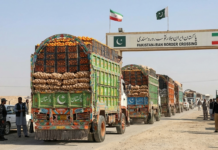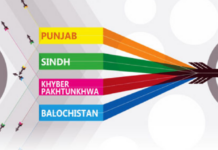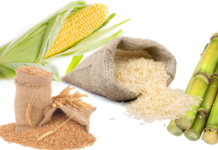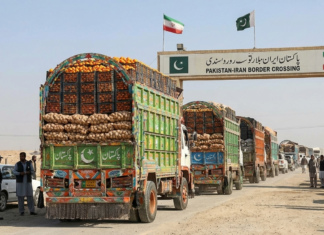Pakistan’s trade deficit with the Middle East grew by 10.11% to $10.502 billion in the first nine months of fiscal year 2025 (FY25), up from $9.538 billion in the same period last year. The increase is largely attributed to a rise in petroleum imports, which have significantly impacted the country’s trade balance with the region.
The growing deficit has raised concerns among policymakers, particularly due to the continuous rise in petroleum consumption.
Crude oil imports saw a 14.61% increase in quantity during the first eight months of FY25 compared to the previous year.
In contrast, the trade imbalance with the Middle East narrowed by 20.47% in FY24, largely due to lower petroleum imports and decreased local consumption caused by higher prices.
Exports to the Middle East have shown minimal growth, rising by just 4.47% to $2.381 billion in the first nine months of FY25, compared to $2.279 billion during the same period last year.
While exports to the region grew by a robust 35.23% in FY24, the increase in FY25 remains limited.
Pakistan’s imports from the Middle East also grew by 9.02% to $12.883 billion in the same period, compared to $11.817 billion last year. Despite the increase, Pakistan has recently signed a free trade agreement with the Gulf Cooperation Council (GCC) to address its growing trade deficit with the region.
The agreement aims to reduce barriers and boost exports, particularly as demand for Pakistani goods has increased in countries like the UAE, Saudi Arabia, and Qatar.
Exports to Saudi Arabia and the UAE saw growth during the review period. Exports to Saudi Arabia rose by 6.95% to $552.26 million in July-March FY25, while exports to the UAE increased by 8.27% to $1.610 billion.
In FY24, exports to Saudi Arabia grew by 40.98%, while exports to the UAE surged by 41.15%, primarily driven by an increase in exports to Dubai. Despite the growth in exports, imports from Saudi Arabia have declined by 15.15% to $2.828 billion in FY25, reflecting a reduction from the previous year.



